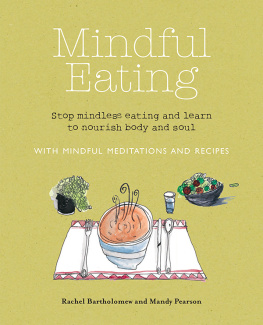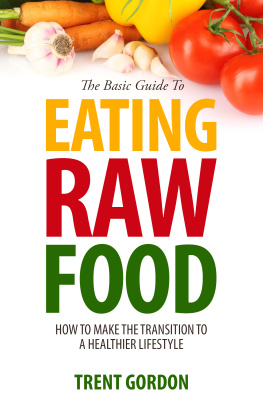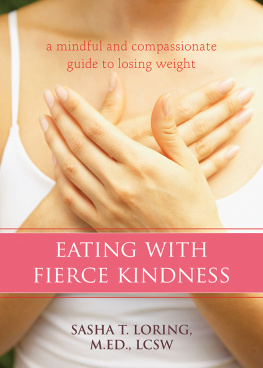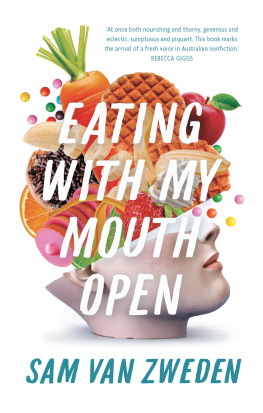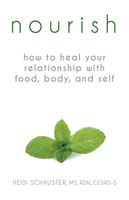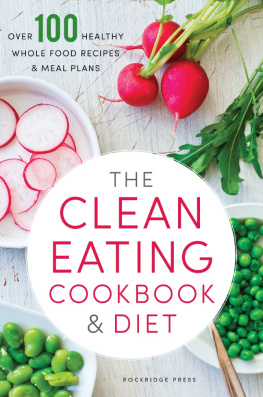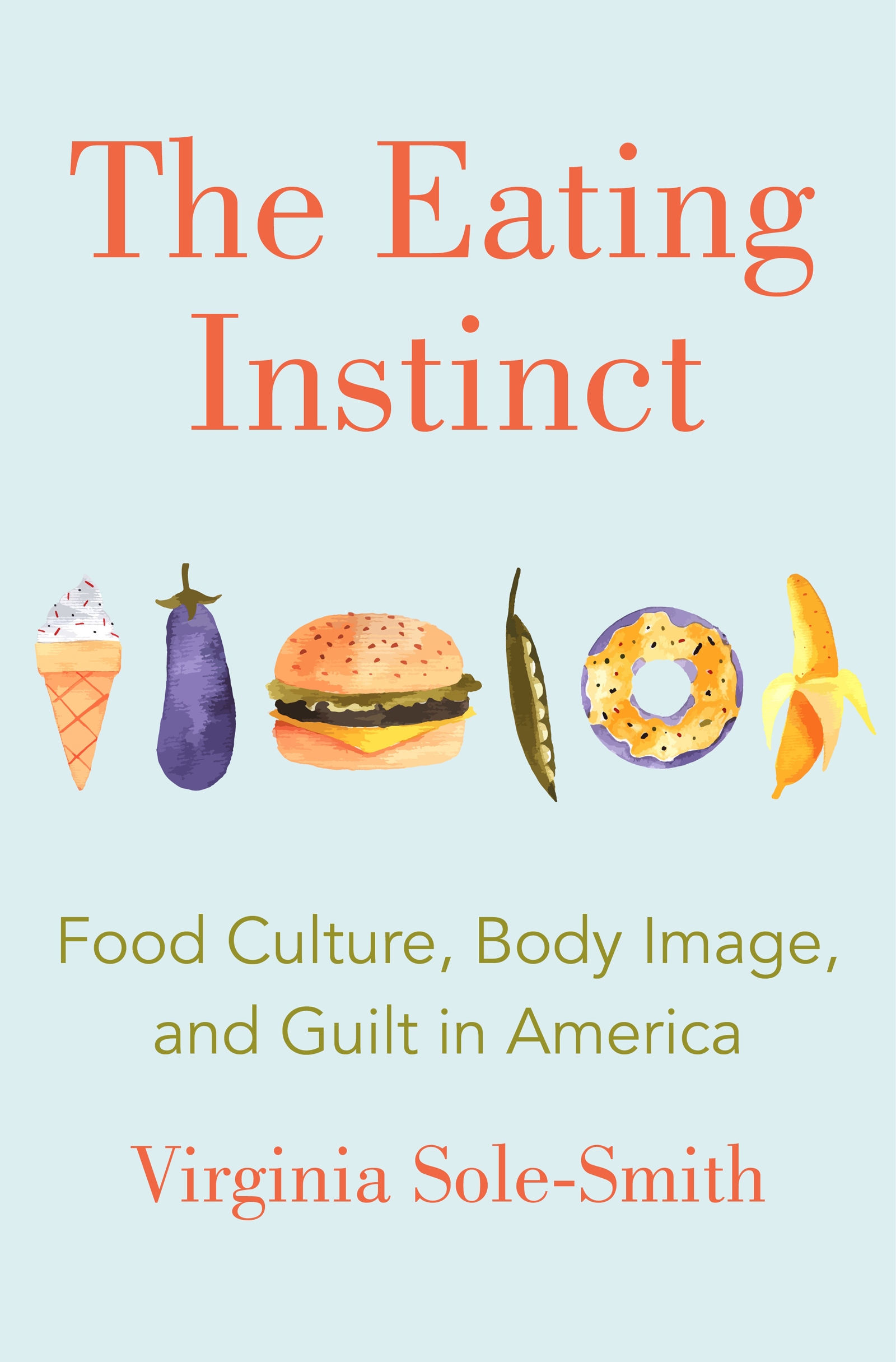Contents
Guide
Pagebreaks of the print version
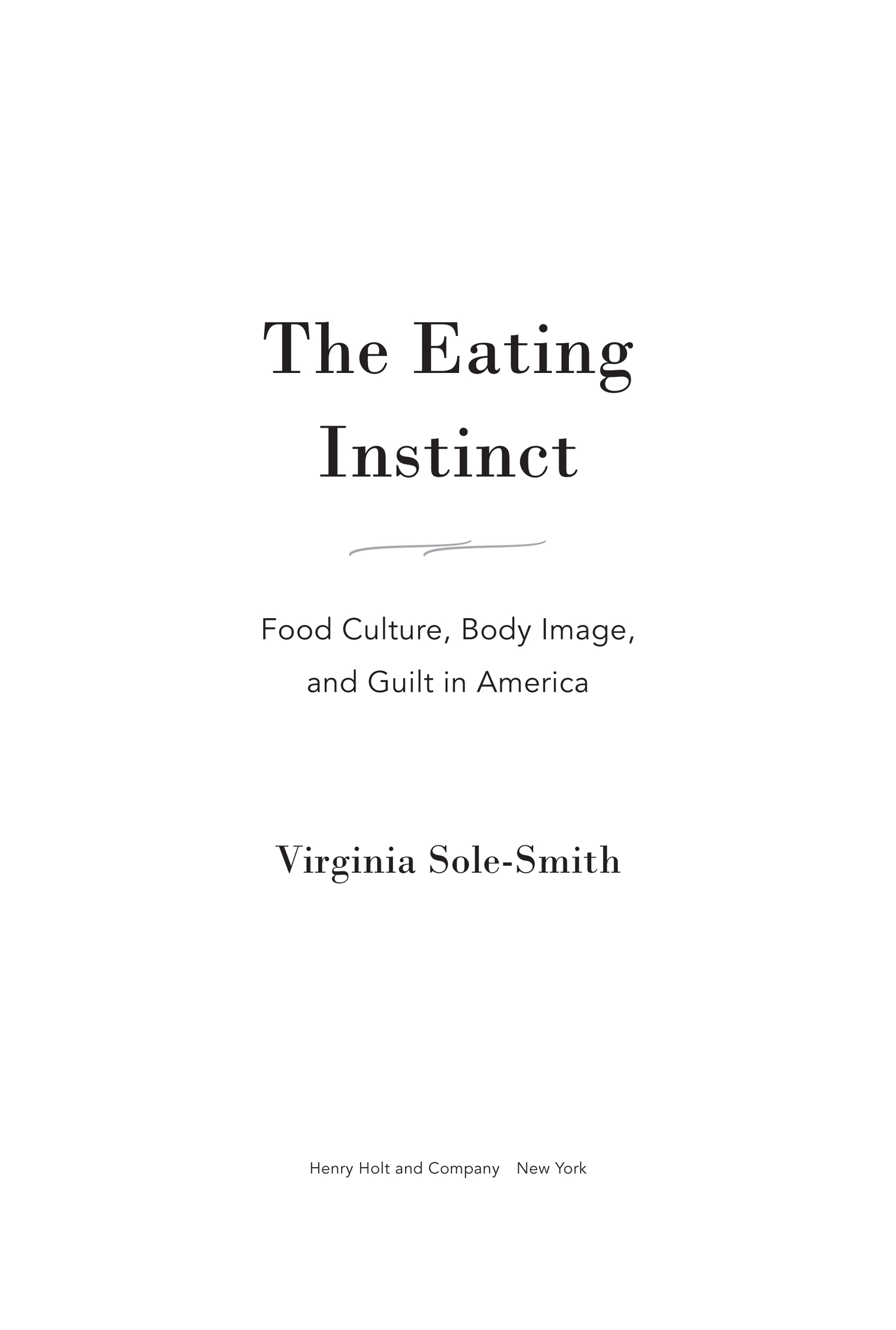
The author and publisher have provided this e-book to you for your personal use only. You may not make this e-book publicly available in any way. Copyright infringement is against the law. If you believe the copy of this e-book you are reading infringes on the authors copyright, please notify the publisher at: us.macmillanusa.com/piracy.
For Violet, who led the way.
What does it mean to learn to eat, in a world thats constantly telling us not to eat? Its a question I started asking five years ago, when my daughter Violet stopped eating as a result of severe medical trauma. Suddenly, we had to begin again, to forget all the normal rules about breast-feeding and spoon-feeding, and gingerly pick our way through a surreal new world where food was simultaneously the enemy and our salvation. But in many ways, this is also a question Ive been asking my whole life, as a woman who came of age at the intersection of the alternative-food movement and the war on obesity. As a skinny kid growing up in the 1980s, I thought processed foods were great; I felt sorry for my friends whose moms bought only weird brown bread for their peanut-butter-and-jelly sandwiches. Im not saying we never thought about healthy eatingthe 1970s and 1980s also saw the birth of modern diet culture, with the rise of aerobics videos and fat-free everything. And I certainly understood that fat was bad, and that was why we bought skim milk and diet soda. But this was a more straightforward time for dieting; you joined Weight Watchers and ate SnackWells if you needed to get thin. You didnt have to reject an entire food-industrial complex or introduce exotic new ingredients into your diet. Quinoa was still relegated to the dusty bin in a corner of our towns one hippie-run health food store.
But by the time I graduated from high school in 1999, we were buying mesclun greens and whole-grain pasta. Obesity had become an official public health crisis. Carbohydrates were the new bad food, though fat was far from vindicated. We were still a few years away from the landmark publication of Michael Pollans The Omnivores Dilemma , but the conversation was beginningon the coasts, at leastabout the importance of organic farming and the need to eat whole foods instead of processed ones. As Ill explore in the chapters ahead, these twin anxieties about obesity and about the eco-health implications of our modern food system have transformed American food and diet culture. Eating well has become wildly more complicated; its now about eating clean, its about being a socially responsible consumer and an accomplished home chef. Thinness has become our main measure of health, but also of personal virtue, of having the right kind of education, politics, and morality.
When I went to college, I got homesick, found a website that would deliver Ben & Jerrys to my dorm room, and gained a bit more than the freshman fifteen. It turned out that being a thin child did not ensure that I would be a thin adult; Ive spent most of my twenties and thirties perpetually in the process of losing or gaining the same forty pounds. Im often not even aware that its happening; Ill just suddenly find that, yet again, my jeans fit all wrong in one way or another. Most of the time, I live firmly in the overweight range of the body mass index scale. Ive never been what Roxane Gay calls Lane Bryant fat, which I say not as any point of pride, but just to be clear that Im not here to appropriate the experience of anyone who has lived in a larger body and knows firsthand the daily discrimination that brings. But my body did go from thin, to normal, to heavy-ish during a fifteen-year period when our whole culture got a lot more anxious about food and weight, when the ideal womans body went from merely thin, to thin and impossibly toned, capable of running marathons, pretzeling into complex yoga positions, and breast-feeding a baby all at the same time. Of course those messages have seeped into my psyche; of course they have shaped how I feel after I eat a doughnut or a salad. Ive never had an eating disorder or even much of a propensity toward dieting. I lasted exactly two days on the one and only crash diet I tried, before running to the deli for a giant turkey sandwich. But I am not always at peace with my body. After all, Ive never met anyone who really is.
You may be wondering what my weight and dieting history has to do with having a baby who wont eat. But nothing connected with food happens in a vacuum. Modern diet culture doesnt just happen to teenage girls trying to lose weight for prom. Its influencing how all of us think about food, every day and at every meal, often in hidden and unconscious ways. This culture tells pregnant women we have to eat a certain way, and then feed our babies and young children according to unattainable standards of perfection. It draws the lines between which sorts of eating habits are normal, acceptable, and healthy, and which are unhealthy, even disordered and pathological. And it targets both men and women, though well hear a bit more from women in this book, because we are still the ones held to the strictest weight and beauty standards, suffering from disproportionately higher rates of disordered eating, and feeling the most pressure around food and parenting. But diet trends do not discriminate on the basis of age, weight, race, or social class; they target each of these groups in specific and personal ways.
Recognizing when my ideas about how I should feed Violet were the product of external pressures helped me navigate the process of teaching her to eat again. Im not sure I would have learned any of this if we hadnt had to start all over, to figure out how to make food feel safe to a traumatized child. Im not sure Im done learning it now. Violet taught me that eating well cannot be about following rules; it has to be about trusting our own instincts, which value safety, comfort, and pleasure just as much as nutrition, and sometimes more. But in many ways, what we could help her overcome as a baby was only possible because she was still so young, and still very much insulated from the larger food world around us.
After I wrote a piece for The New York Times Magazine about how Violet learned to eat again, I was inundated with emails and comments from people struggling to figure out the same thing. I began talking to them and collecting their stories, some of which youll read in the next chapters. When you consider our most intimate physical activities, eating is somewhere just below sex, showering, and using the toilet. Yet we do it in public, all the time. By agreeing to share their stories in this book, my sources are now eating on an even larger stage. Im grateful for their honesty; in return, Ive changed names and omitted or very slightly altered personal details when it was necessary to respect their privacy. Ive also respected their preferences with regard to sharing certain facts, such as weight or specific eating choices. For some people, these are empowering truths to own and share. For others, to reveal weight, in particular, is emotionally destructive. (It can also be fraught to read about someone elses weight, so if you struggle with an eating disorder yourself, please use your own best judgment in deciding whether to read those chapters.)
Over the past two years, Ive sat in immaculate marble kitchens and tiny, peeling-linoleum ones. Ive visited doctors offices, research labs, and commercial kitchens. Ive interviewed some three dozen people about their relationship with food, and surveyed or exchanged emails with many more. And Ive eaten many mealswith women recovering from weight-loss surgery or eating disorders; with picky eaters and adventurous gourmands; with people who have seemingly unlimited budgets and with folks struggling to afford to keep food in the house. Their individual struggles are unique and influenced by their own particular biology, family dynamics, socioeconomic status, and idiosyncratic tastes and preferences. The resulting myriad of ways they experience food is sometimes hard to fathom if you havent ever met someone who grocery shops with food stamps, or who eats only french fries. But theyre all products of our modern food culture. And theyre asking the same questions that most of us have: How did I learn to eat this way? Why is it so hard to feel good about food? And how can I make it better?


